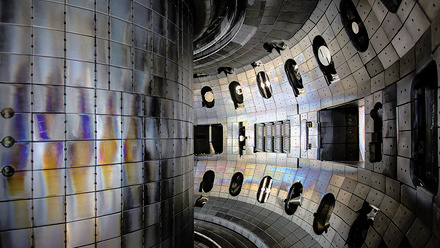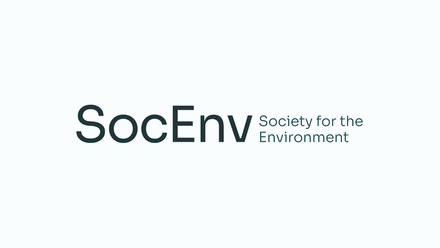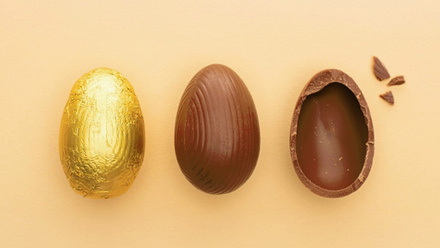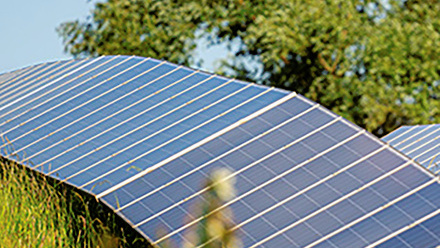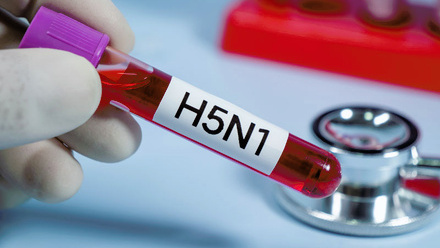Nanofiltration to enhance aluminium recycling from wastewater
The process could make aluminium production more efficient while reducing hazardous wastewater from the manufacturing process.
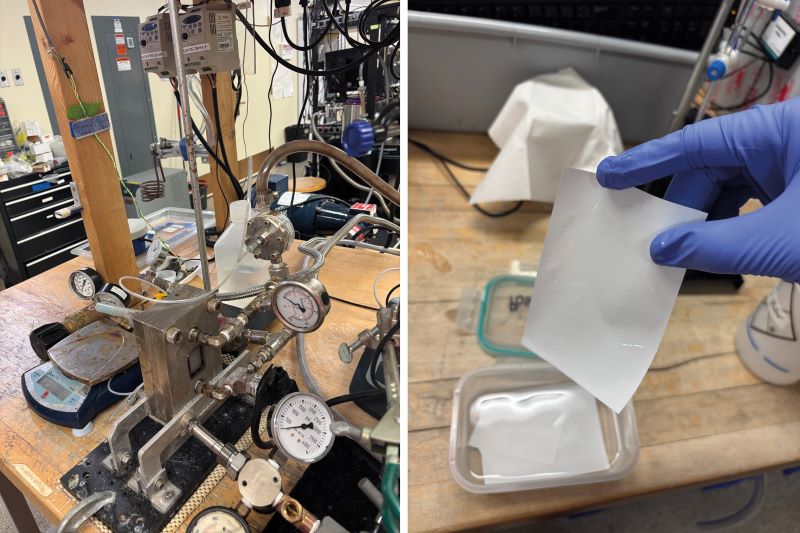
The new membrane could potentially be used to process wastewater from an aluminium plant and retrieve any aluminium ions that would otherwise have escaped in the effluent stream.
The material, developed at Massachusetts Institute of Technology (MIT), USA, is about the size of a playing card.
It is made up of several layers – a polyelectrolyte coating that helps repel aluminium ions, a polyamide filtration layer that facilitates the passage of the other ions, and a polysulfone-supporting structure.
Trent Lee, a current MIT undergraduate, says, 'In the electrolysis step of aluminium production, cryolite – the working molten salt – builds up impurities, and so it needs to be replaced over time. But the discarded cryolite still contains valuable aluminium.' The spent cryolite is then usually transported away for disposal.
'By capturing aluminium that would have been lost, we can increase overall yield and reduce the amount of fresh cryolite needed.'
The researchers demonstrated the membrane’s performance in lab-scale experiments by filtering various solutions similar in content to the waste streams produced by aluminium plants. The waste solution contains sodium, potassium, lithium and aluminium ions in chloride and sulphate-based electrolytes.
Lee says, 'Our membrane, which has a positively charged coating, repels aluminium while letting the less positively-charged sodium ions pass through. This process allows us to concentrate and recover aluminium, so it can be put back into the production process instead of being wasted.'
They have found that the membrane selectively captures more than 99% of aluminium ions in these solutions, making the leftover waste less toxic and easier to dispose of safely. The aluminium-depleted stream was found to have an Al3+ concentration of as little as 0.00194%.
'A lot of this cryolite waste stream comes at different levels of acidity,' Zi Hao Foo, a recent MIT alumni shares. 'And we found the membrane works really well, even within the harsh conditions that we would expect.'
Lee adds, 'By recovering some high-purity cryolite, we can also reduce the need to constantly add fresh cryolite, enhancing aluminium’s resource circularity.'
The researchers believe a scaled version of this process would lower production costs and reduce the environmental footprint of aluminium manufacturing.
The work came out of previous research on membrane filtration for lithium recovery from depleted batteries. The team realised a similar approach could work for aluminium.
Lee says, 'In collaboration with Nitto Denko (the membrane manufacturer), we tested different membrane coatings and configurations in a lab setting, eventually finding that a positively charged, polyelectrolyte-coated membrane, operating at a low pH under high pressures, captured the most aluminium.'
Their next steps focus on testing membrane durability over several months to ensure it maintains selectivity in harsh, industrial conditions.
They are also exploring other waste streams to capture additional residual aluminium and maximise recovery.
Finally, they are testing the feasibility of scaling the technology. To treat cryolite waste in an industrial-scale aluminium production plant, the researchers envision a scaled-up version of the membrane, similar to what is used in many desalination plants, where a long membrane is rolled up in a spiral configuration, through which water flows.



